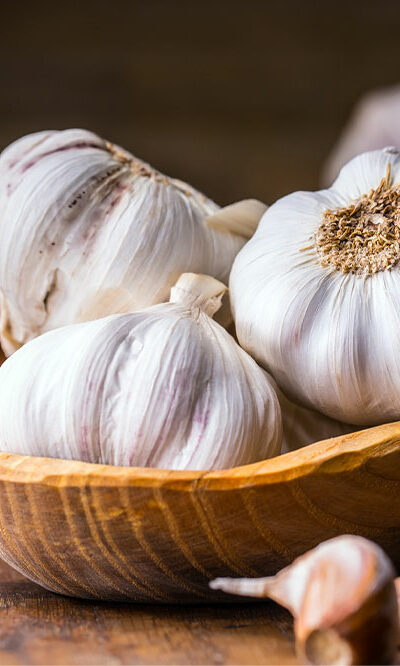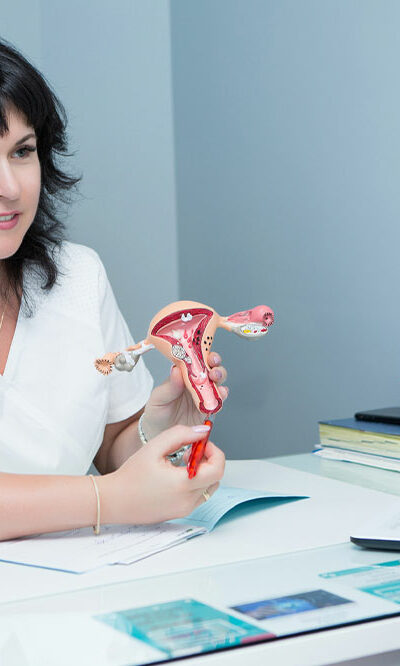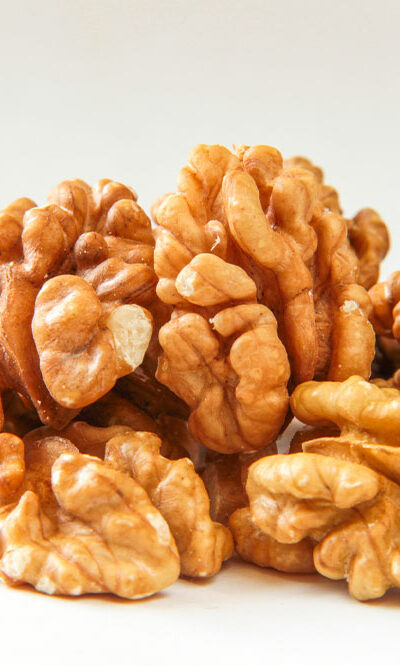
5 common mistakes to avoid with dental implants
Dental implants are tooth-like structures that are inserted by certified dental surgeons into the patient’s jawbone. In most cases, these are custom-made according to the patient’s needs. Furthermore, implants are suggested when patients lose one or more teeth. It aids in improving their chewing function. However, it is important to avoid certain mistakes in order to ensure a successful outcome. Therefore, here are some common mistakes to avoid with dental implants. Choosing inexperienced dentists Dental procedures, especially implants, are complex. If a patient chooses an inexperienced dentist for the procedure, it can result in certain mistakes that can seriously affect the patient’s health. For instance, if the implant is placed in the wrong position, it may not bond with the jaw bone, leading to further discomfort and issues. Hence, patients are suggested to choose qualified and experienced dentists for the procedure. Not communicating about personal medical history One of the most significant mistakes to avoid when working with dentists for dental implants is not informing the medical personnel about one’s medical history. This is because some health conditions like cancer, uncontrolled diabetes, and gum disease can affect the outcome. So, patients must ensure that they communicate their complete medical history during the initial evaluation. Not reporting problems immediately Typically, post dental implant procedures, patients can expect pain, discomfort, bleeding, and swelling in the area. However, in most cases, these subside after a few days. When these issues are not resolved, one must reach out to the dentist for further instructions. While some causes can be minor, others, like allergic reactions, can be severe. Thus, it’s important to consult the dentist when experiencing such issues. Not maintaining oral hygiene Usually, good oral hygiene ensures that the teeth and gums remain healthy. However, in cases where there are food particles or bacteria buildup in the implant site, it can lead to failure of the procedure due to infections and gum irritation.










